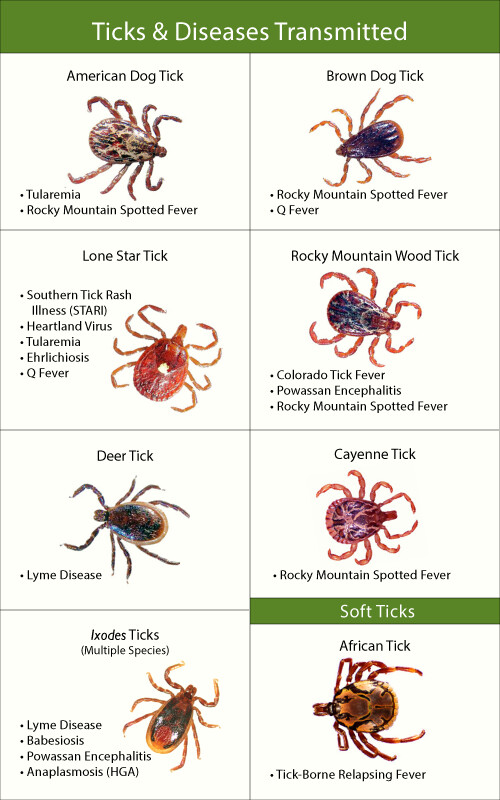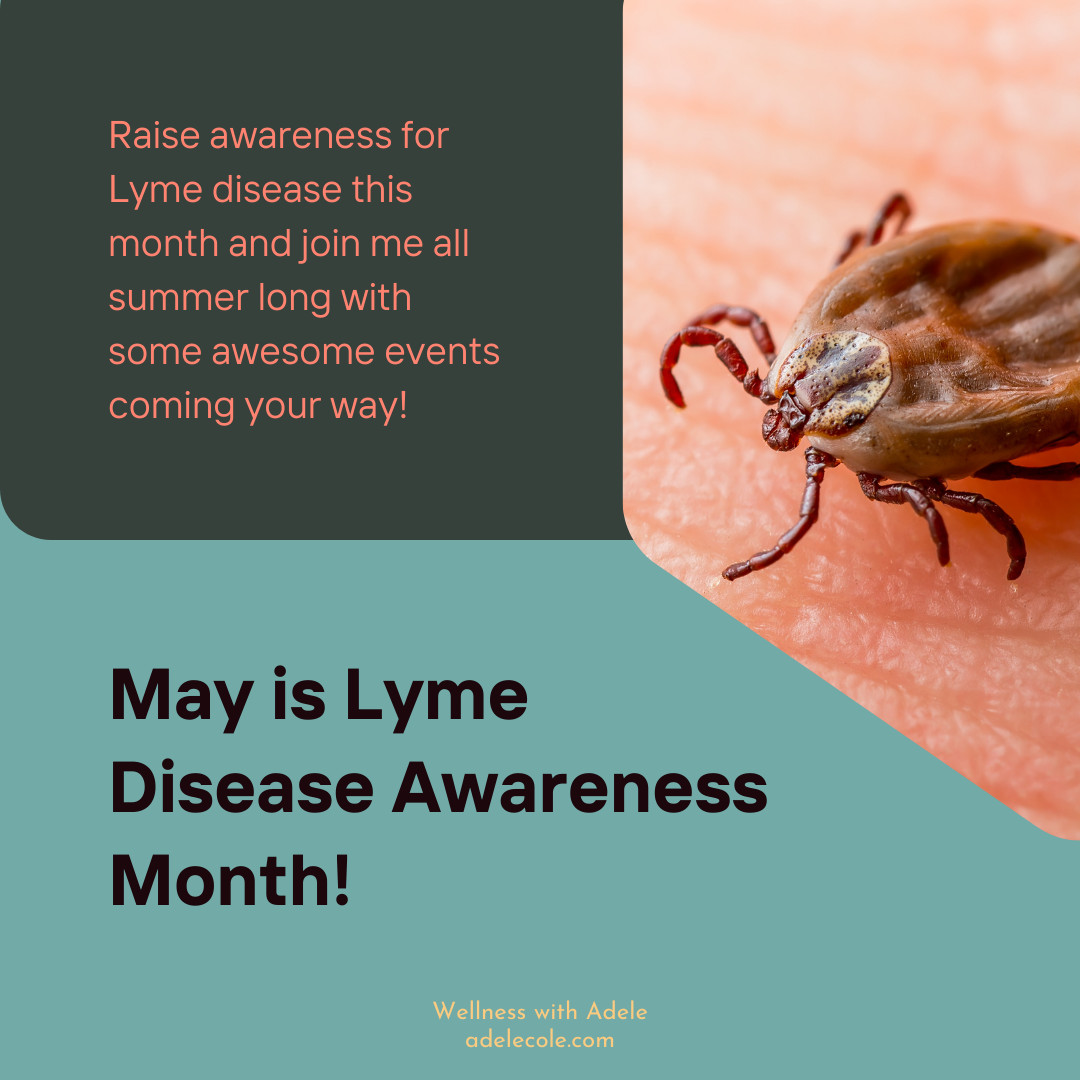
What is at least one improvement or healing moment YOU'VE experienced on your journey?

Read on to hear how the next 'phase' of my journey went and what TWO MAIN PARTS changed my life forever.


Keep reading for PART 2 of this 2-part series!

I have had Lyme, co-infections, and autoimmune conditions more than half of my life now. While I would never consider myself an expert, I've learned some tidbits along the way that may be helpful to those wondering where to turn next if they have reason to be concerned for Lyme themselves.
The fact is, ticks are tricky little buggers, and ANY tick bite should be taken seriously in order to minimize and/or prevent ongoing complications.
Most people hear “tick” and immediately think “Lyme disease.” I too still go there automatically in my mind. But what people should most definitely be aware of is the variance and trickiness in the world of ticks. Let's unravel some basics together here - a "beginner's guide on what you should know about ticks," more or less.
What are we even dealing with here?
Ticks are arachnids and external parasites. They are vectors, or carriers and transmitters of diseases. They feed on their host’s blood, and in that way can transmit, through their saliva, any microbes they are carrying and picking up along the way. Not every tick infects someone it bites with microbes or disease. But the people that ARE infected do risk many symptoms, some ongoing, and even death from tick-borne illnesses.
What symptoms are we talking about?
Symptoms you can experience from tick-borne illness vary WIDELY, as basically ANY body system can be affected by tick-borne illnesses. In regards to Lyme disease specifically, ILADS, a non-profit, international, multi-disciplinary medical society, dedicated to the diagnosis and appropriate treatment of Lyme and its associated diseases, lists possible major/main symptoms on its website. Here’s a summary taken directly from www.ilads.org:
Common Symptoms and Signs of Early Lyme Disease
Erythema Migrans rash (EM); see description below
Fatigue, malaise
Flu-like symptoms, including fever, headache, arthralgias, myalgias
Stiff neck
Dysesthesia
Lymphadenopathy
Facial nerve dysfunction leading to weakness or paralysis of facial muscles (often mislabeled as Bell's palsy)
Common Symptoms and Signs of Disseminated and Late Lyme Disease
Fatigue
Multiple red rashes (EM’s)
Severe headaches and neck stiffness
Joint swelling and/or pain
Neuropathic symptoms - nerve pain, numbness, hot/cold sensations, tingling
Cognitive dysfunction
Memory impairment
Unprovoked pain which may interfere with sleep
Palpitations or chest pain, shortness of breath
Lightheadedness, fainting
Gastrointestinal symptoms
Psychiatric symptoms- including depression, anxiety, and mood changes
Some research has shown that Lyme should be considered in the differential diagnosis of rheumatologic and neurologic conditions, as well as chronic fatigue syndrome, fibromyalgia, somatization disorder and any difficult-to-diagnose multi-system illness.
Are all ticks out to hurt me!?
This chart shows a variety of tick types and possible infections they can carry and transmit. However, it’s also important to know that this is all variable. For example, many people claim only Deer Ticks can carry Lyme disease (Borrelia burgdorferi), and even then, have to be attached for many hours to transmit it to the host. That simply isn’t always hard and fast truth. What IS helpful is to remove ticks ASAP to reduce transmission rates, and to seek treatment, particularly if you suspect you are infected with a tick-borne illness.
But how do you know? What should you do if you are bitten?
Here’s the thing, at the end of the day, the way I see it, you have 2 main choices:
1) if you are bitten by any tick for any amount of time, you could start treatment immediately (ideally with a SPECIALIST - we will talk about that more later!) and continue it for 6wks or more or
2) if you are bitten by any tick for any amount of time, you support your body to fight possible infections and monitor indefinitely for symptoms, which could show up at any time for any number of reasons (including other health issue triggering the tick-borne illnesses to rear their ugly heads, stress-induced flares, toxic-related flares, etc).
At the VERY least, you may want to send the tick into a certified lab to be tested for Lyme and other co-infections. For Pennsylvanians, we like to use this lab, which offers some free testing options.
You can look up other testing options through a Google search of your state or on the ILADS website.
Coming up!
Next, I plan to talk more about your next steps after a bite...and more! So stay tuned for the rest of this Tricky Tick-y blog series! (Find the next post HERE.)
**Disclaimer: I am not a medical professional here to diagnose, treat, cure, or otherwise influence your medical journey outside of the guidance of a medical professional. I am simply sharing my own journey and what I have learned along the way. Please find a doctor you trust and discuss any medical concerns or treatments with them. Also, please know, as an Amazon Associate I earn from qualifying purchases through my site at no extra cost to you.









